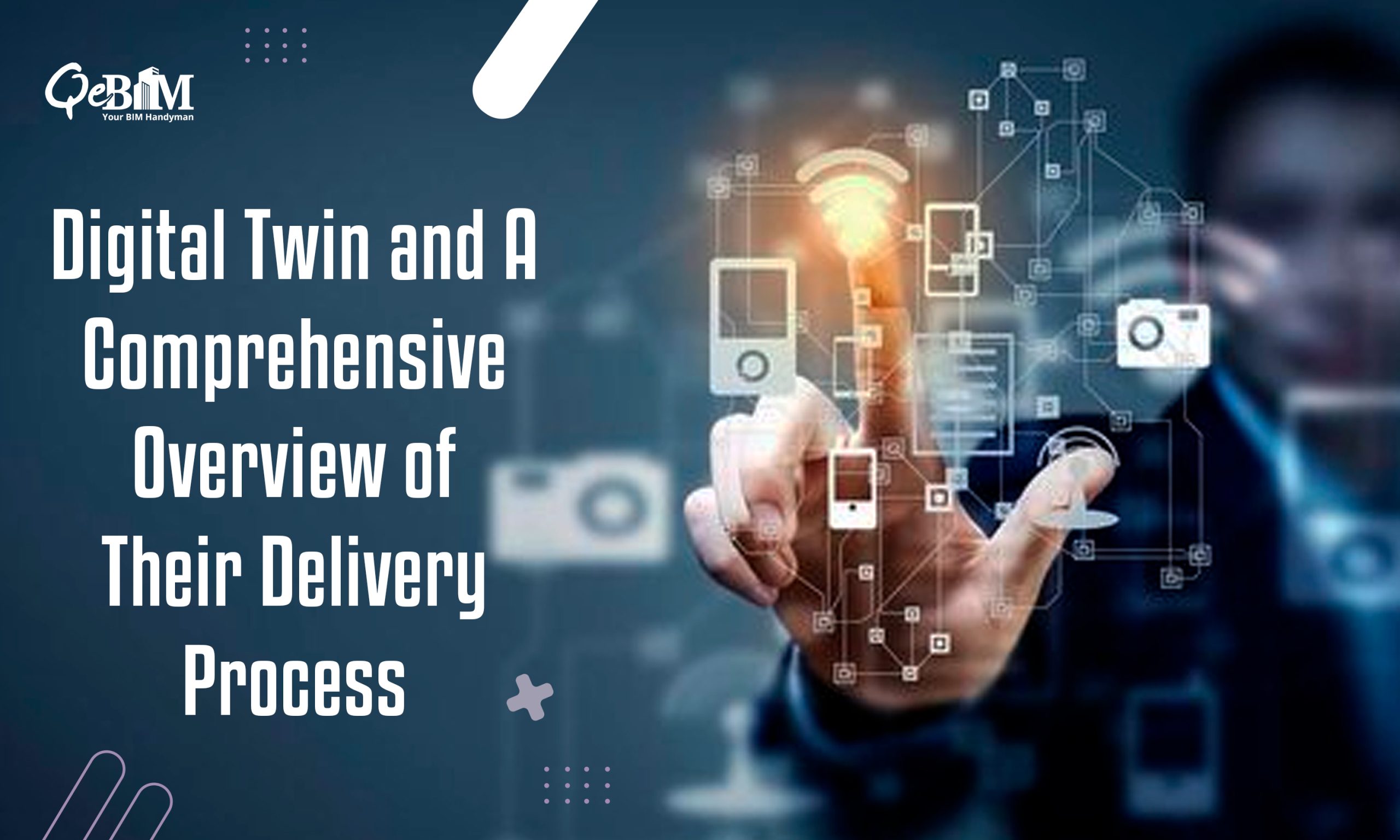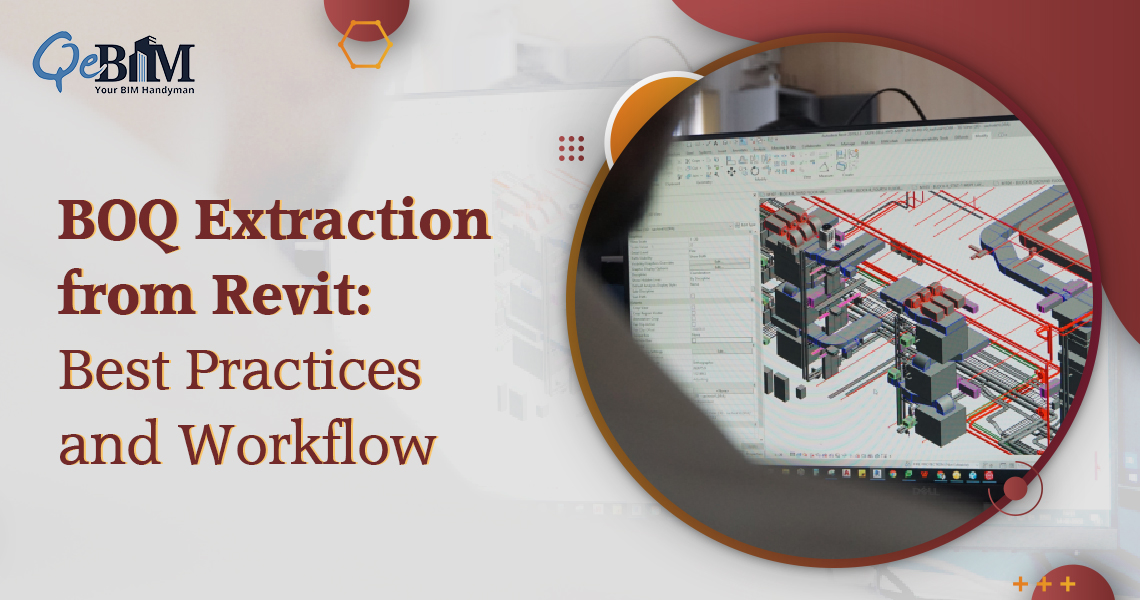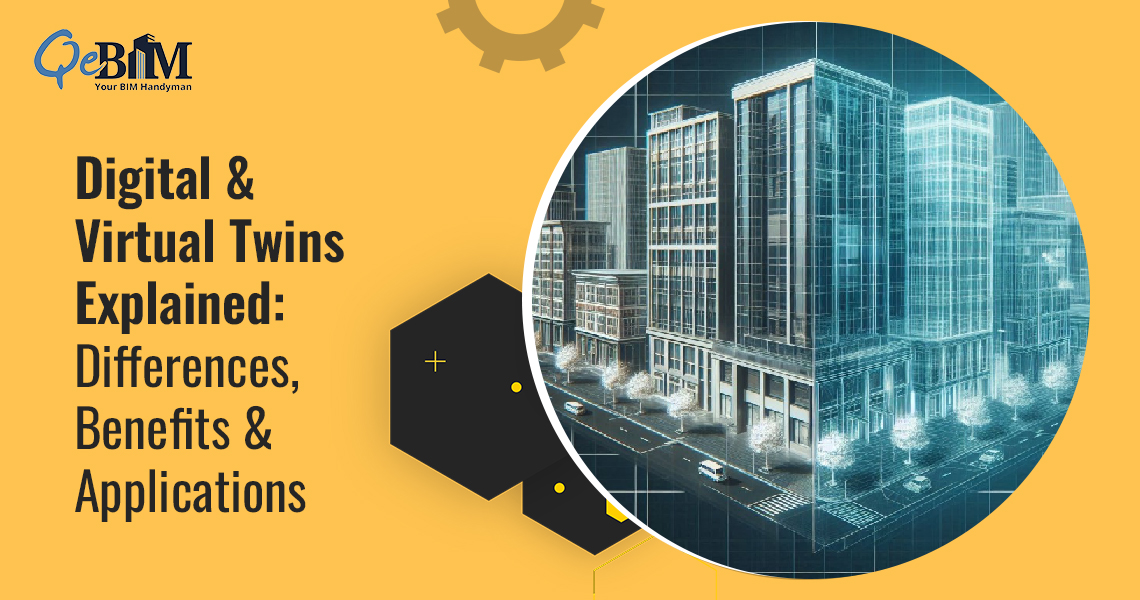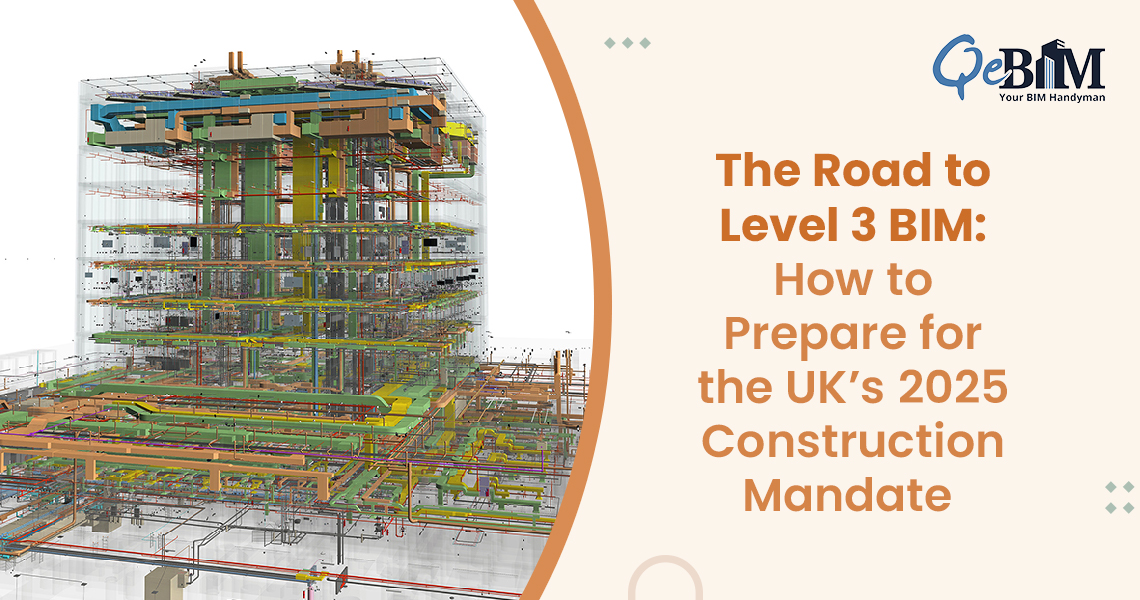Introduction
When we look out for the latest architectural and construction technologies, Digital Twin is one of the most important and cutting-edge technology that has emerged as a transformative concept and is utilized by most of the BIM Companies. It bridges the physical and the digital worlds in a seamless synergy. This technology has its origin from the manufacturing sector and are the virtual replicas of any form of physical entities. It ranges from the machines to the systems to the entire ecosystems.
The below article will help you understand the essence of Digital Twins and will also provide a detailed overview of its intricate delivery process that brings these virtual doppelgangers to life.
Understanding the Concept of Digital Twin
Digital Twin is not just limited to a computer-aided design or a static model. It is a dynamic and real-time representation of any physical object or a system. The inception of the term can be traced back to Dr. Michael Grieves in 2002, who conceptualized the whole idea of a Digital Twin as a bridge between the physical and digital realms.
Digital Twins leverage a combination of many technologies and concepts such as the Internet of Things (IoT), artificial intelligence (AI), machine learning (ML), and data analytics to synchronize with their real-world counterparts.
Key Characteristics of Digital Twins
1) Real-time Data Integration:
The hallmark of a Digital Twin is its ability to continuously integrate the real-time data from various sensors as well as IoT devices attached to any physical entity it replicates. This ensures that the virtual representation evolves concurrently with the changes in the physical world.
2) Interconnectedness:
Digital Twins flourishes on connectivity. The seamless communication between the physical entity and its virtual counterpart or replica ensures that the Digital Twin remains a faithful reflection, capturing every nuance and change occurred.
3) Predictive Capabilities:
The advanced analytics, powered by AI and ML algorithms, empower Digital Twins with predictive capabilities. These digital replicas can effectively simulate any of the future scenarios, predict potential issues, and also optimize the performances based on the historical and the real-time data.
4) Visualization:
A user-friendly interface, often incorporating visualization tools, allows stakeholders to interact with the Digital Twin. This visual illustration simplifies the complex data, making it accessible and understandable for a diverse audience.
An In-depth Look in the Digital Twin Delivery Process
1) Data Collection and Sensor Integration:
The process of a Digital Twin begins with the deployment of the sensors and the IoT devices on the physical entities. These sensors then collect set of innumerable data say, temperature, pressure, vibration, and many more. The successful integration of these data streams forms the foundation for a robust Digital Twin.
2) Communication Infrastructure:
An efficient communication network is essential to facilitate the transfer of data between the physical entity and the Digital Twin. This infrastructure ensures that the virtual replica is continuously updated with the latest information, maintaining the synchronization in real-time.
3) Data Processing and Analytics:
The data collected from sensors are raw and undergoes a rigorous processing using advanced analytics. AI and ML algorithms are usually used in extracting valuable insights, identifying patterns, and moreover generating future predictions from these raw data. This step allows for the successful transformation of the raw data into an actionable information.
4) Cloud Computing:
Cloud computing offers the essential infrastructure for the storage and processing of the extensive data generated by Digital Twins. The scalability and accessibility of cloud-based solutions contribute to the efficiency and effectiveness of Digital Twin deployment.
5) Visualization and User Interface:
The output of a Digital Twin is then presented via a user-friendly interface, making it more comprehensible for a diverse audience. Visualization tools, including charts, graphs, and 3D models, enhance the user experience, allowing the stakeholders to interact with the virtual representation intuitively and make informed decisions.
6) Security Protocols:
With the sensitive nature of the data involved, robust and stringent security protocols are integrated into the Digital Twin delivery process. Encryption, authentication, and access controls are employed to ensure the integrity and confidentiality of information.
Conclusion
Digital Twins stands as a testament to the potential of technology to reshape the AEC industry and redefine the possibilities. The delivery process of Digital Twins encapsulates a multifaceted journey, from the integration of sensors and data processing to the visualization of dynamic virtual replicas. The amalgamation of real-time data, advanced analytics, and connectivity empowers Digital Twins to not only mirror their physical counterparts but also predict, optimize, and revolutionize the way we perceive and interact with the world around us.
In the evolving scenario of technological innovation, Digital Twins often used in Architectural BIM Services, has emerged as a guiding light, illuminating the path toward a better and brighter future where the digital and physical realms harmoniously coexist for the betterment of the society.





